All about the copying machine
The term "copier" has already become the nominal name of a conventional copying and duplicating apparatus and is widely used in colloquial speech. By this concept is meant a specialized technique for creating copies of text, illustrations, graphs from paper carriers on a production scale. The main task of the machine is autonomous copying in large volumes. The copier is able to produce on average up to 999 copies per cycle, and the operator will not need any auxiliary equipment. All controls are focused on a small panel with just a few buttons and an LCD display.
Content
Copier working principle
The device of modern copiers is significantly different from those sampleswhich were released by Xerox in the 60s of the last century. They have become more compact and much more functional.

Copier working principle consists in three main stages.
- A high brightness lamp (usually halogen) illuminates the original sample.
- Light is reflected from the document and through the system of mirrors an optical image is formed on the photodrum. At the same time, negative and positive charges are formed on the surface of the drum.
- During image transfer, toner particles are attached to the drum, then transferred to paper.
The result is a copy of the original document. In one minute, the copier makes about 20 copies, therefore, it takes less than one hour to make 1000 copies. Unlike a printer, this indicator cannot be called maximum, but a copier can perform an operation hundreds of times, for which it is equipped with capacious paper trays.

Structurally, the device is quite simple. In the upper part, as a rule, a scanning device is installed, on the front side there is a control panel and a screen. The paper trays are installed below, and the tray for feeding finished copies is in the middle.
External execution of the device depends on its technical characteristics, standard dimensions are commensurate with the parameters of a small pedestal.
Technical characteristics of the device
The main technical characteristics include only those that affect the quality of copies.
- Resolution. The indicator is measured in dpi, the alternative term is “the number of dots per inch”. The number dpi determines the clarity of the image, while the device is not intended to improve the quality of the original image.
- Print speed The higher the speed, the faster the operator will get the finished result. The speed factor plays a decisive role when using the copier on an industrial scale; for office or residential use, the indicator is secondary.
- The number of copies per cycle. With regular use or high volume printing, the operator can set certain print settings for one cycle, which are limited to basic settings. The standard value is 999 copies per cycle.
- Scale the source instance. Almost every device allows you to change the scale of the copy - to increase or decrease. Basic functionality allows you to change the size from 25% to 400%.

All copiers are powered from the network, power consumption in standby mode rarely exceeds 50 W / h, in the process of printing power consumption increases to 1 - 1.5 kW / h.
The standard set of functions is found only in outdated devices or the most simple modifications. The latest development of engineers allowed to introduce a number of basic auxiliary options:
- two-sided printing;
- automatic sheet feed;
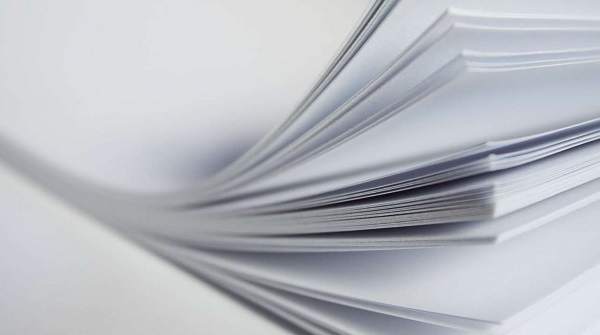
- copying of bilateral documents;
- setup via PC;
- printing from external information media;
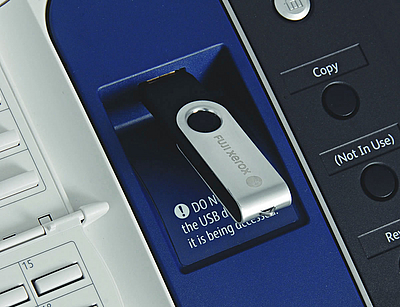
- automatic adjustment of image contrast;
- a large memory block, where you can save some settings (for example, the number of copies made);
- “Sleep” mode of operation (energy saving) or automatic shutdown.
A progressive solution was the combination in one case of several key functions that are most needed for office work or the work of a printing house: printing, scanning, copying. Such devices are called multifunction devices (MFP).
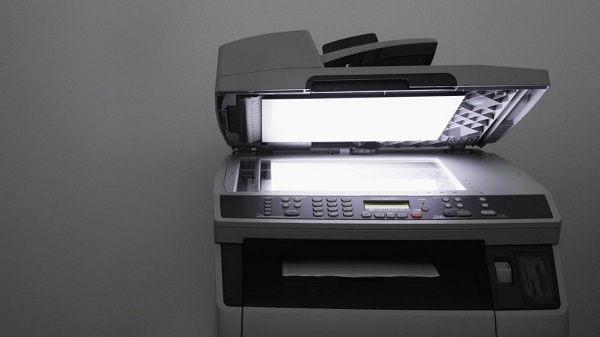
The difference between a photocopier, a printer and a scanner
Copiers in their functions partially overlap with such popular devices as a scanner and printer, but there is a definite difference between them.
A scanner differs from a copier in that it is designed to transfer text or images from paper to electronic format. This can be a text document (doc.), An image (tiff., Jpg., Png.) Or one of the system formats. Often, the option of such a technique is extended by such useful programs as text recognition and formatting it into a specific text file, changing settings (brightness, contrast), sending a file to email or autosaving to a PC at a specified address.

Scanner
Xerox printer distinguishes with its functionality. The device most often works in conjunction with a PC or various gadgets, its main purpose is to transfer information from an electronic format to a paper medium. Expansion options is to print from external media or via a wireless network, one-way or two-sided automatic printing. The printer is unable to correct the contents of the original document.
Is Xerox Harmful?
During printing, a copier emits harmful organic gases that may contain carcinogenic substances: toluene, benzene, trichloroethane, xylene, and others. Such chemicals as silicon sulphide and selenium serve as components of the coating for photoconductors. When the image is transferred to paper, these substances evaporate and can enter the body.
Many employees of companies or government agencies are interested in whether xerox is actually harmful to health, and how to reduce its potential danger when interacting with the device. The exact answer to the question is given by medical specialists and is detailed in SanPiN dated 2003. Rules for the use of copying equipment are regulated SanPiN norms (paragraph 2.2.2.1332-03):
- the distance of the apparatus from the working area must be at least 1 m, from the wall or pillar - at least 60 cm;
- the cubic volume of the room should be at least 15 m³ with an area of 6 m² - the minimum figures per person.
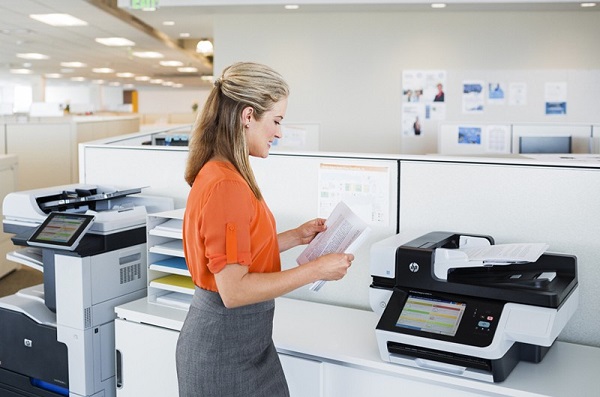
The potentially dangerous effects of a copier can be significantly reduced by following the recommendations of medical staff.
- Provide high-quality ventilation and air conditioning.
- Use an air ionizer.
- The humidity level should be at least 55-60% (the upper limit of the normal level of humidity for a person).
- To exceed the distance from the apparatus to a person by 50% of the minimum rate set by SanPiN.
- Timely service equipment.
Thus, it becomes clear that the use of devices is unsafe. Components harmful to humans and fumes from a printing device can provoke oncology, allergic reactions, their impact adversely affects the general condition of a person.
Employees of various organizations whose workplace is equipped with a copier, note increased fatigue and fatigue, irritation of the mucous eyes and nasopharynx, and nervous overstrain caused by the constant presence of intrusive noise.
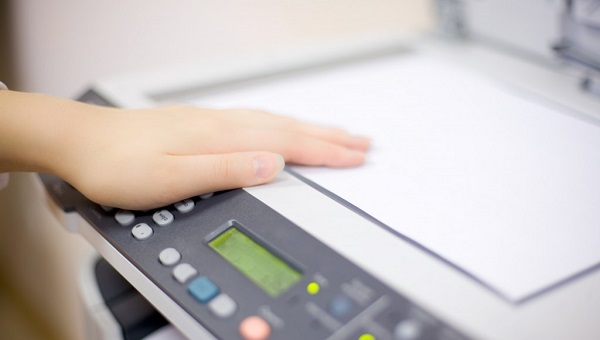
However, do not exaggerate the harm to human devices. The main criterion of danger is the concentration of chemicals in the air, and excessive accumulation of these substances in the body leads to negative consequences. Short term use of copier at home or in a small office, it hardly hurts a person, especially if the recommendations of doctors are followed.
Modern modifications of copying machines have become a breakthrough in the paperwork, advertising and printing industries. The devices are easy to use and have a clear control. At observance of the norms established by medical specialists, the device will not harm the body and increase labor productivity, which will increase the result of human activity.

/rating_off.png)











